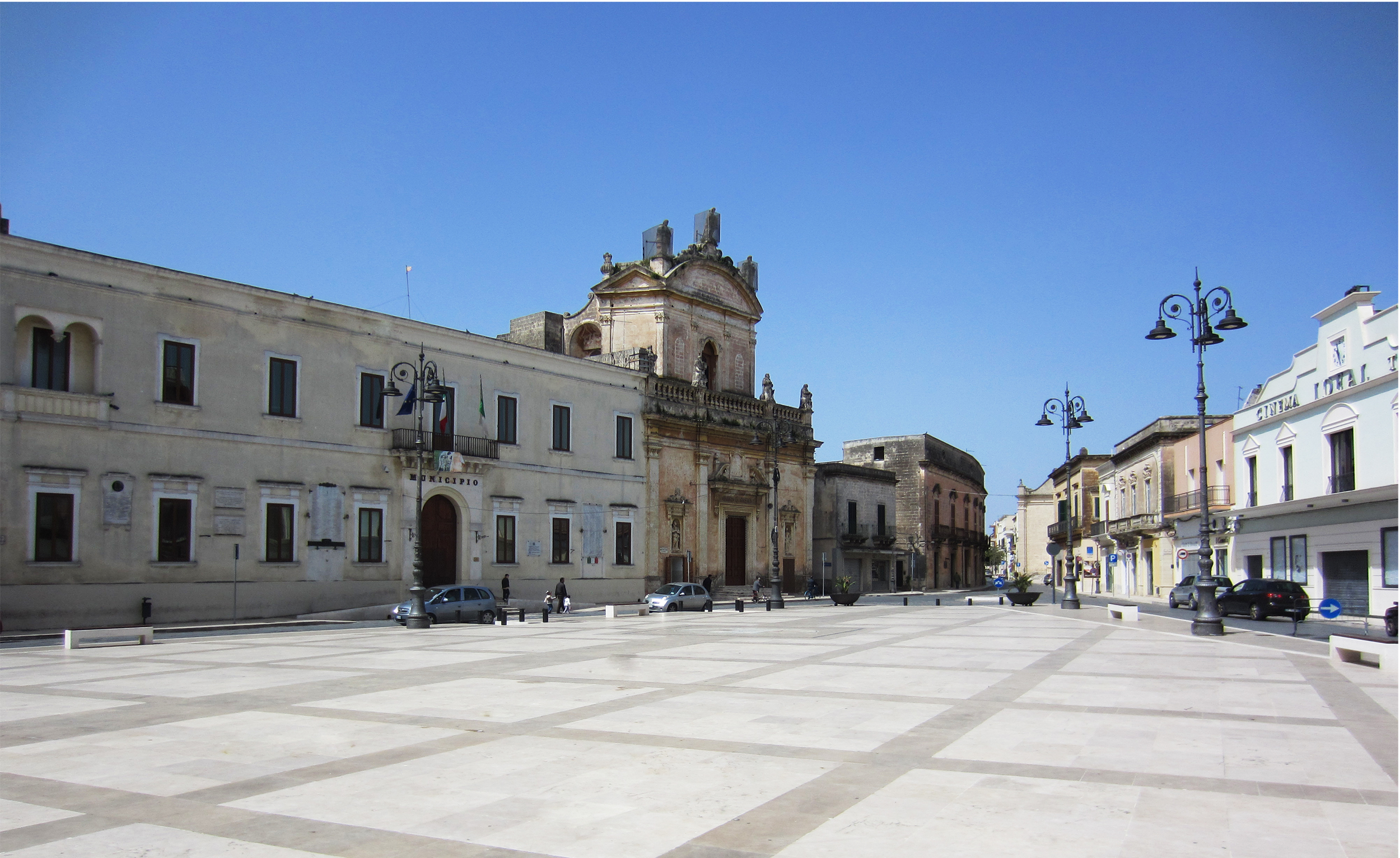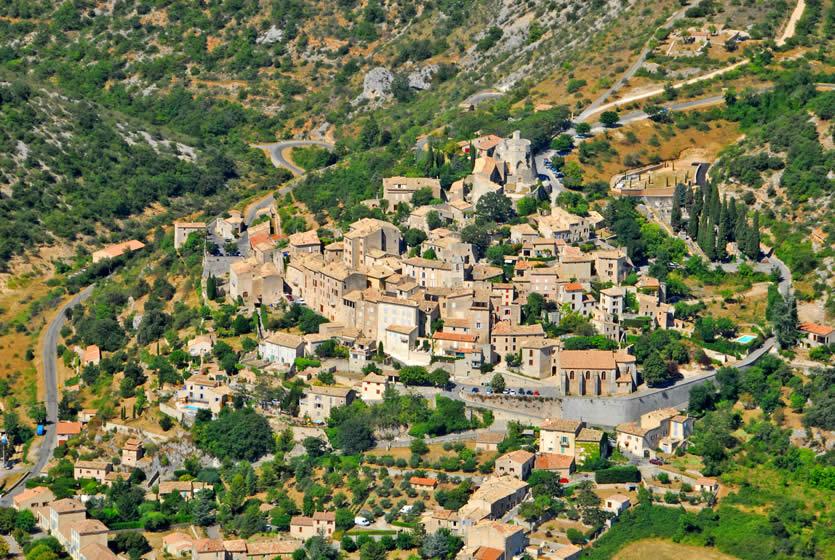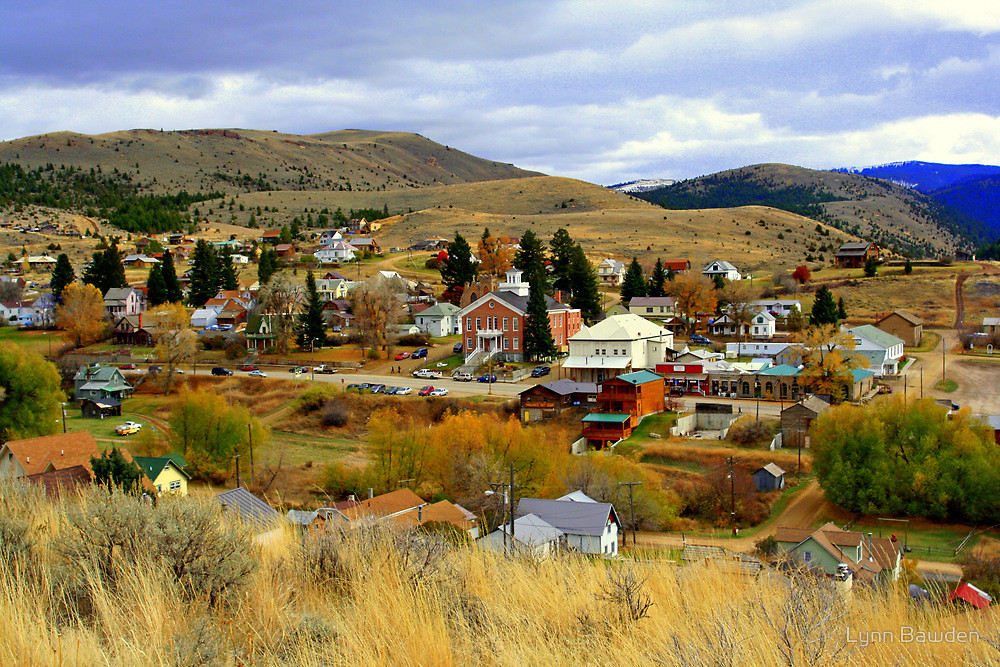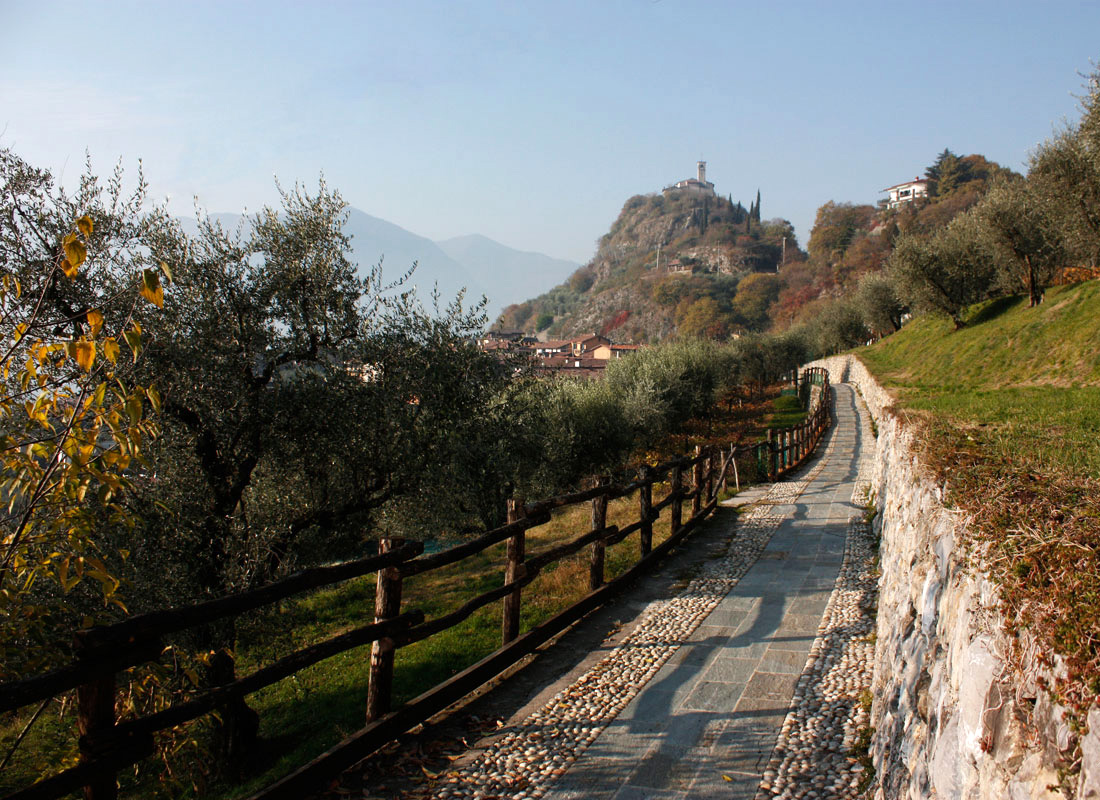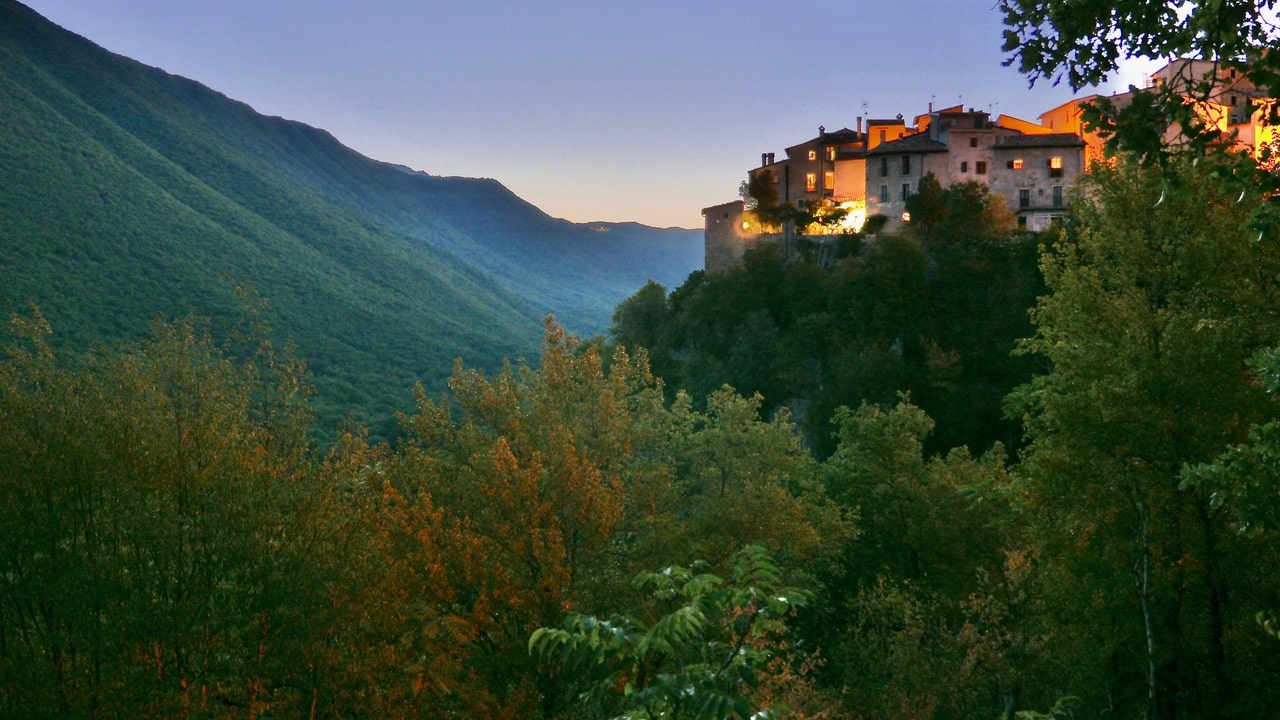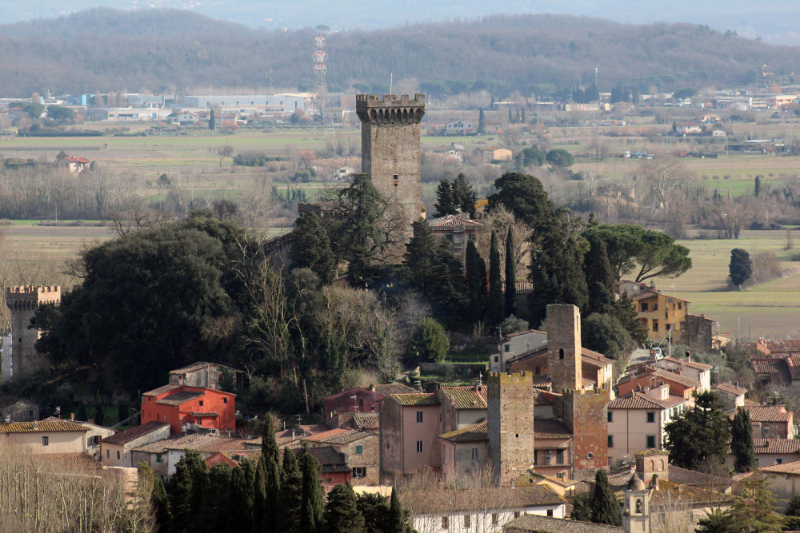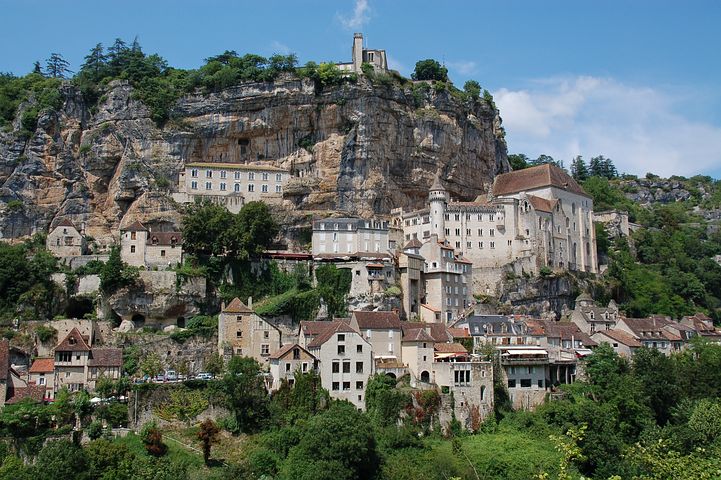Manduria, a city of Messapic origin, after the splendors of the Hellenistic period of which numerous finds have been unearthed in the various archaeological excavation campaigns since the 1960s, was conquered by the Romans in 266 BC. Later the city was abandoned by its inhabitants but resurrected to new life by Ruggiero the Norman, and in the 18th century it resumed its ancient and glorious name of Manduria.
Several scholars have been interested in the etymology of the name of Manduria, a city of Messapic origin, in whose territory there is no lack of evidence of earlier settlements referable to the Neolithic period. The scholar Giuseppe Pacelli, in his dissertation "Dell’antica Città di Manduria" , reports several etymologies, all of which can be traced back to the meaning of "farm, " "place of horse breeding." According to F. Ribezzo, Mandurium or Mandorium would have taken its name precisely from one, or a set, of such farms. Nor does the Mandurian scholar G. Stano depart from this etymology, who sees the origin of the name in the Greek-Italic word "mandra," meaning respectively stable, flock or herd of horses.
Of the ancient city there subsist the remarkable remnants of fortification works. Recent excavations have released new features, also clarifying the problem of their chronology.
Three circles of walls, belonging to three different phases, can be easily distinguished. The innermost (about 2 km long) is formed by large irregular blocks placed per head, and preceded by a moat. Later, a second wall, consisting of much more regular blocks placed alternately per head and per cut, came to reinforce the first, part of which occupies the moat. It is likely that this second circle refers to the war against Tarentum and Archidamus. Finally, the last circle, the most impressive (5 m thick, 6 or 7 m high) is more than 3 km long. It too is preceded by a moat. This last phase of the fortifications seems to be attributable to the period of the Hannibalic War. In fact, the wall is set over a number of tombs, the grave goods of which (including, among other things, pottery from Gnathia baccellata) can be dated to the advanced 3rd century.
Outside the wall, on either side of the roads leading out of the gates (5 in the eastern area alone), numerous groups of rock-cut tombs have appeared. Unluckily, most of them had already been plundered; however, some grave goods could be recovered, consisting mostly of vessels datable between the 4th and 2nd centuries BCE. C.
Also worth mentioning is the so-called "Plinian Spring," identifiable perhaps with the one mentioned by Pliny (Nat. hist., lI, 226), located in a vast cavern, certainly natural, but enlarged by the hand of man.
